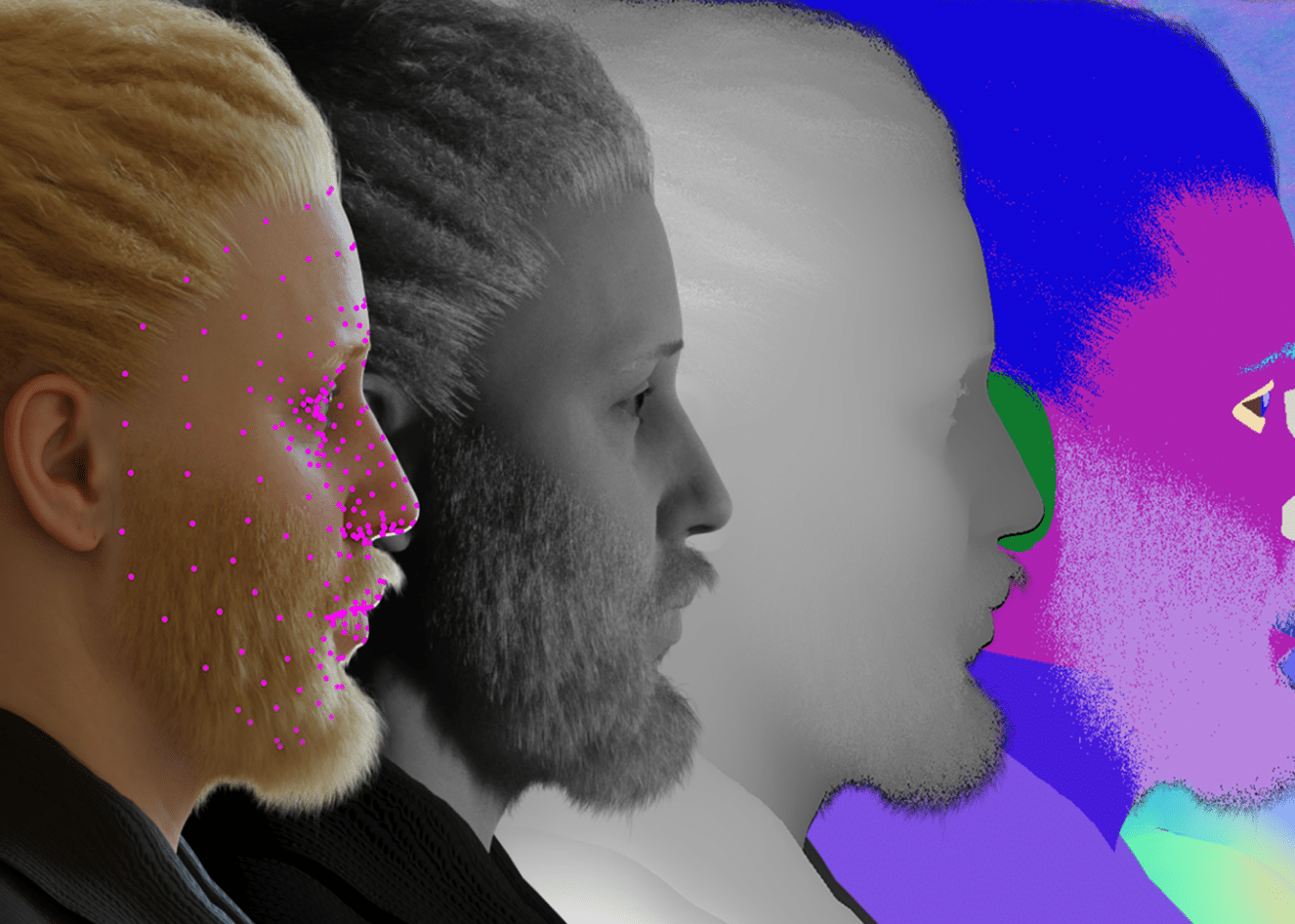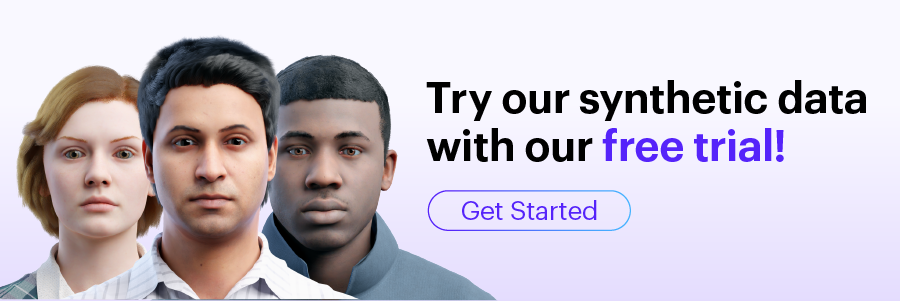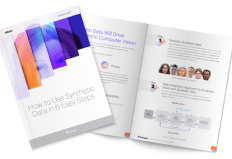5 Image Annotation Tools to Get Your Labeling Project Started

What Are Image Annotation Tools?
Image annotation refers to the practice of attaching labels to an image or set of images. It usually involves manual tasks, although some image annotation tasks can be semi-automated.
The purpose of image annotation is to train computer vision algorithms on tasks like image classification and object detection. To train and evaluate such algorithms, machine learning engineers first determine the labels for the model, and prepare a labeled dataset with a large number of example images assigned to each label. Image annotation is the process of creating this dataset.
Image annotation tools make it easier for teams to review a large set of images and apply labels to entire images or specific segments within an image. These tools generate a structured dataset that can be used to train computer vision algorithms.
In This Article
Considerations for Evaluating Image Annotation Tools
The following considerations can help you assess the suitability of an image annotation tool:
- Formats—there are various formats for annotating images, including text files like txt and CSV, image masks, TFRecords, COCO JSONs, and Pascal VOC XMLs. While you can convert your annotations to different formats, it is useful if your annotation tool can produce annotations in the desired format. Directly generating annotations in the right format helps keep the data preparation workflow simple and saves time.
- Usability—the tool you choose should be intuitive and simple to use, saving time and ensuring an easy annotation process.
- Accessibility—ensure the tool is appropriate to the skillsets of different members of your team (data scientists and labeling teams) and does not have a steep learning curve..
- Support—ensure the tool provides support for your applications. Some tools only support either window or web-based applications. Web-based tools are only usable via a web browser. If your image annotation project involves sensitive information, you should avoid uploading the data to a third-party web application to ensure privacy and security.
Best Image Annotation Tools
1. Label Studio
Label Studio is an open source data labeling tool that includes annotation functionality. It provides a simple user interface (UI) that lets you label various data types, including text, audio, time series data, videos, and images, and export the information to various model formats.
Here are key features of Label Studio:
- Multi-user labeling—ensures that each annotation you create is tied to your account while allowing collaboration.
- Centralization—enables you to work on multiple projects on all datasets in one instance.
- Configurable label formats—lets you customize the visual interface according to specific labeling needs.
- Multiple data types—supports various data types, including HTML, audio, images, text, video, and time series.
- Import options—import from files, cloud storage like AWS S3 and Google Cloud Storage. It supports JSON, TSV, CSV, RAR and ZIP archives.
- Integration—lets you integrate with machine learning models to visualize and compare predictions from several models and perform pre-labeling.
- Embedding—allows using REST APIs to embed the tool in your data pipeline.
You can use Label Studio to prepare raw data and improve existing training data to finetune the accuracy of your machine learning models.
2. Computer Vision Annotation Tool (CVAT)
CVAT is a free, open source annotation tool. It provides a web-based UI that lets you label image and video data for computer vision algorithms. It lets you annotate various computer vision tasks, including object detection, image segmentation, and image classification.
Here are key features of CVAT:
- Interpolation—for shapes between keyframes.
- Semi-automatic annotation—supported with deep learning models.
- Shortcuts—for common actions.
- A dashboard—including a list of annotation tasks and projects.
- Access security—supported by the Lightweight Directory Access Protocol (LDAP) and basic access authentication.
- Languages—was written in React, TypeScript, Python, Django, and CSS.
Intel developed CVAT for professional data annotation teams. It is now available under the MIT License, and you can find the source code on GitHub.
3. VGG Image Annotator
VGG Image Annotator (VIA) is an open source tool for manual annotation of image and video data, developed at the Visual Geometry Group (VGG). It is released under the BSD-2 clause license to allow use for academic and commercial purposes.
This lightweight tool is based on HTML, Javascript, and CSS with no dependency on external libraries. It is a single self-contained HTML page (less than 400 KB) you can run as an offline application in modern web browsers without any setup or installation.
4. Make Sense
makesense.ai is a free, open source tool for labeling images. This online tool does not require installation, does not store images, and offers a cross-platform experience. You can use this tool simply by visiting the website, regardless of the operating system you are using.
makesense.ai aims to reduce the time spent labeling photos by employing various artificial intelligence (AI) models that automate repetitive activities and offer recommendations. Here is how it works:
- A single-shot detector (SSD) model—this model was pre-trained on the COCO dataset to draw boxes on images. In some cases, it can also suggest a label.
- PoseNet model—this model can determine the pose of a person in an image by estimating the location of key body joints.
You can use makesense.ai to quickly and easily prepare a dataset for small computer vision projects, and download prepared labels in various formats. It is based on React/Redux duo and was written in TypeScript.
5. COCO Annotator
COCO Annotator is a web-based image annotation and labeling tool available under the MIT license. Justin Brooks developed it to help train object detection, object localization, and keypoints detection models.
Here are key features of the COCO Annotator:
- Labeling datasets—the annotator lets you label data using free-form curves, keypoints, and polygons. It offers functionality to track object instances and label image segments, and enables labeling objects with disconnected visible parts in a single instance.
- The COCO format—the tool stores and exports annotations in the COCO format, for large-scale object detection.
- Annotation and selecting—the tool supports image annotation with semi-trained models. It also lets you use advanced selection tools, such as MaskRCNN Magic Wand, and DEXTR.
- Security—the tool lets you use an authentication system to secure your data.





























